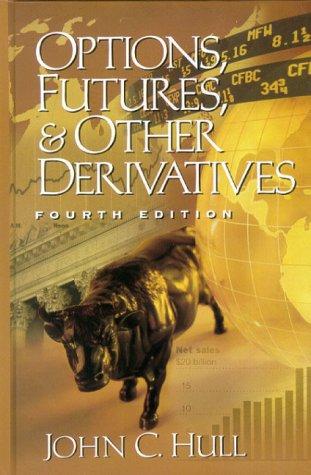Question
Suppose there are two states that do not trade: Iowa and Nebraska. Each state produces the same two goods: corn and wheat. For Iowa the
Suppose there are two states that do not trade: Iowa and Nebraska. Each state produces the same two goods: corn and wheat. For Iowa the opportunity cost of producing 1 bushel of wheat is 3 bushels of corn. For Nebraska the opportunity cost of producing 1 bushel of corn is 3 bushels of wheat. At present, Iowa produces 20 million bushels of wheat and 120 million bushels of corn, while Nebraska produces 20 million bushels of corn and 120 million bushels of wheat.
a. Explain how, with trade, Nebraska can end up with 40 million bushels of wheat and 120 million bushels of corn while Iowa can end up with 40 million bushels of corn and 120 million bushels of wheat.
If each state specialized in their respective comparative advantage:
Iowa would produce _______ million bushels of corn and ________ million bushels of wheat.
Nebraska would produce ______ million bushels of wheat and ________ million bushels of corn.
Now assume Nebraska trades 120 million bushels of wheat for 60 bushels of corn. With this trade, Nebraska will end up with _______ million bushels of corn and _______ million bushels of wheat and Iowa will end up with_______ million bushels of corn and _______million bushels of wheat.
b. If the states ended up with the numbers given in a, assuming the person who arranges the trade (the trader) gets the remainder, how much would the trader get?
The trader would get _______ million bushels of wheat and _______ million bushels of corn.
Step by Step Solution
There are 3 Steps involved in it
Step: 1

Get Instant Access to Expert-Tailored Solutions
See step-by-step solutions with expert insights and AI powered tools for academic success
Step: 2

Step: 3

Ace Your Homework with AI
Get the answers you need in no time with our AI-driven, step-by-step assistance
Get Started


